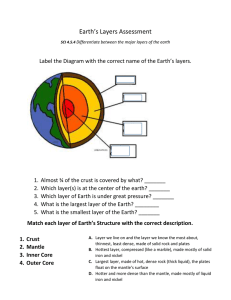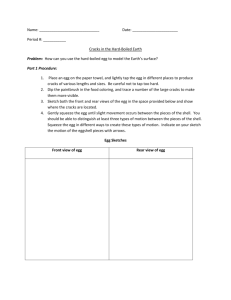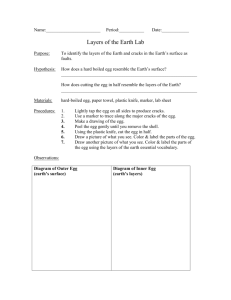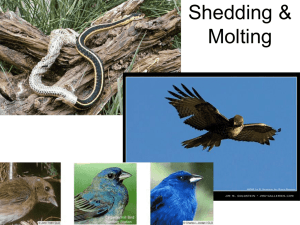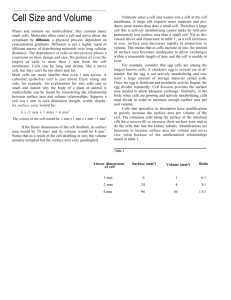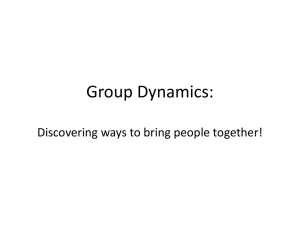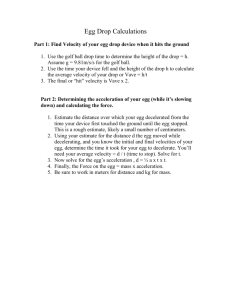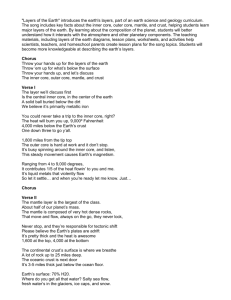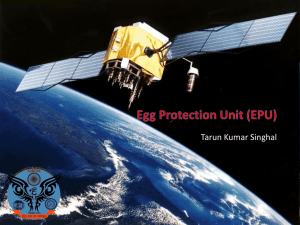Earth Layers
advertisement
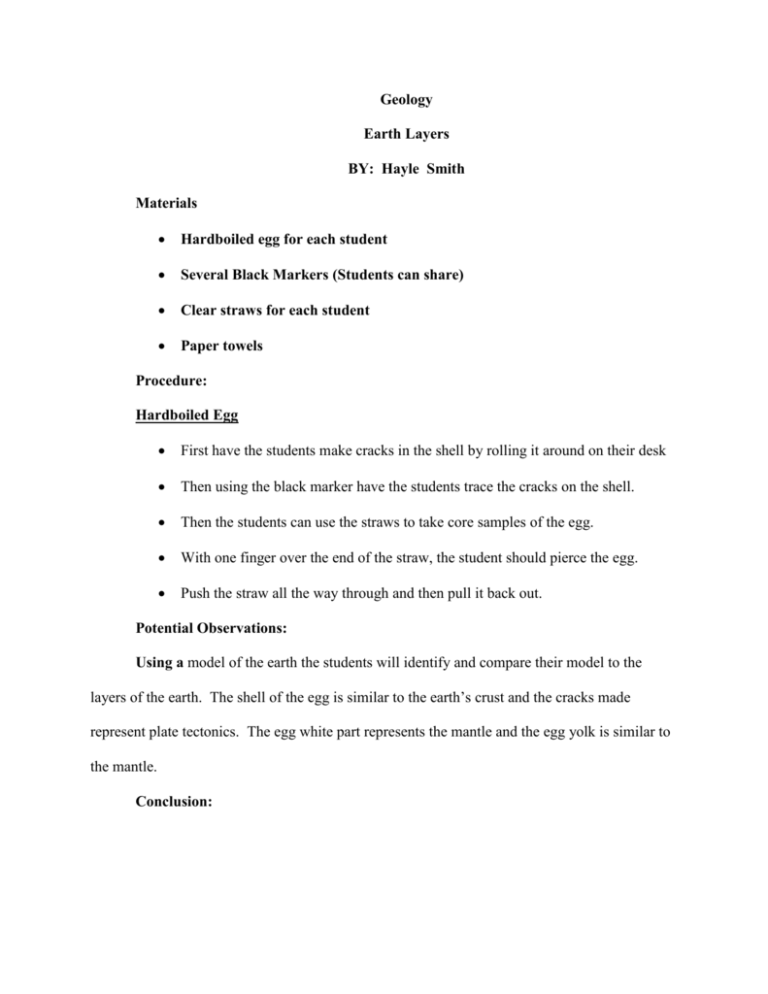
Geology Earth Layers BY: Hayle Smith Materials Hardboiled egg for each student Several Black Markers (Students can share) Clear straws for each student Paper towels Procedure: Hardboiled Egg First have the students make cracks in the shell by rolling it around on their desk Then using the black marker have the students trace the cracks on the shell. Then the students can use the straws to take core samples of the egg. With one finger over the end of the straw, the student should pierce the egg. Push the straw all the way through and then pull it back out. Potential Observations: Using a model of the earth the students will identify and compare their model to the layers of the earth. The shell of the egg is similar to the earth’s crust and the cracks made represent plate tectonics. The egg white part represents the mantle and the egg yolk is similar to the mantle. Conclusion: The student has learned that the earth consists of several different layers. The earth has a crust made of plates, a mantle, and a core. The student also learned what it means to take a core sample. Similar Experiments: This lab can be demonstrated using several other things such as apples, kiwi, a Milkyway bar, and anything that has three layers. Just make sure the students analyze how the models are similar and how they are different to the earth’s layers. This is to better assure that the student understands the concept. I suggest possibly using all of the and then using a table have them give the similarities and differences as well as decide on which one better models earth.
